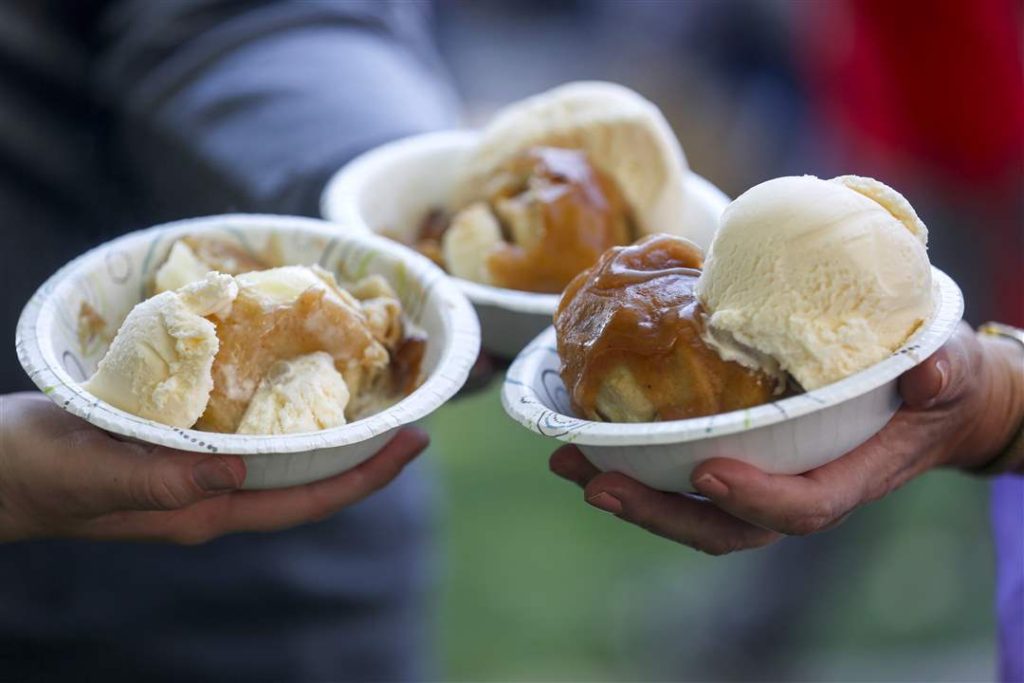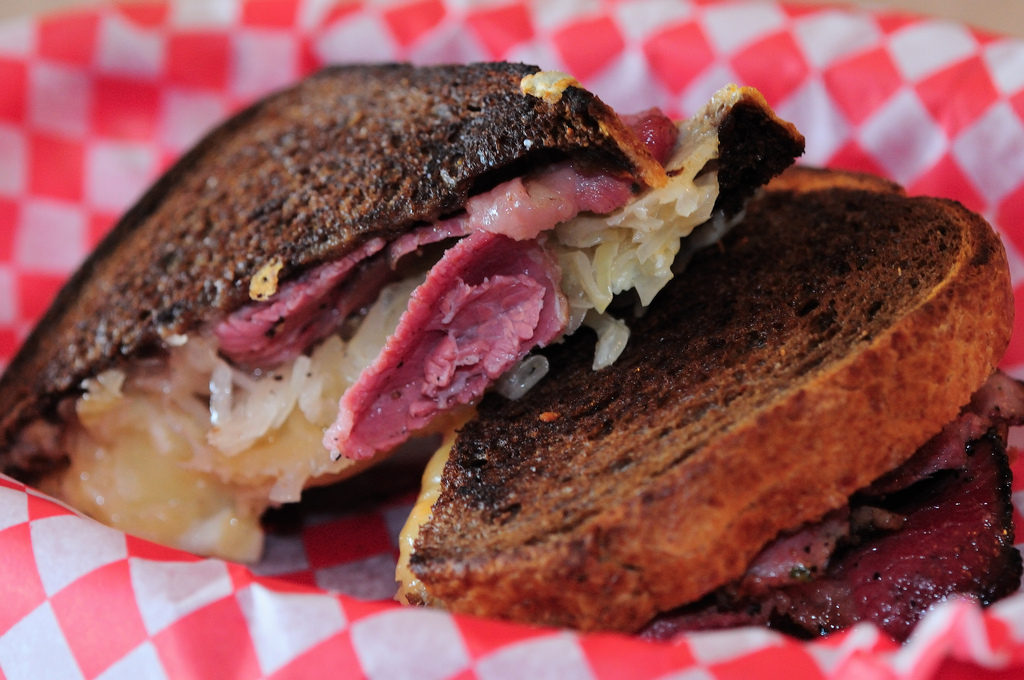Here we continue with our video exploration of some of the crazy and odd things (or just unusual things) going on in China this month. As a kind reminder that this is not so much for entertainment value as it is purposed towards looking at how we do things in a new light. And, as the situation is exposed, in a new appreciation.
Please kindly note that this post has multiple embedded videos. It is important to view them. If they fail to load, all you need to do is to reload your browser.
Regional Festival
I do like and enjoy regional fairs. I always have. It didn’t matter if it was a apple pie baking fair in Milford, Massachusetts, or a apple butter celebration in Clarion county in Pennsylvania. I loved them all.

If you ever get an opportunity to go to a regional fair, I would strongly suggest you do so. They are all fantastic and worth the time and cost to visit. In fact, if I might be so bold, might I suggest some of these ideas for fairs in the United States…
- Any pie, ice cream, or bakery fair.
- Any type of Amish or Mennonite fair.
- Fairs related to antique tractors and farm equipment.
- Fairs related to local history.
- Fairs related to reenactments.
- Fairs related to maple syrup production.
- Fairs related to grapes or wine production.
- Fairs related to dog, cat, horse or other critters.
- Fairs related to renaissance revivals.
- Bluegrass festivals.
- Any fair sponsored by a historical club, community or organization.

I really do enjoy festivals.
I think that over the years I have forgotten how important it was for me while I was growing up. I started to take them for granted, and forgot the pleasures and excitement that I had, as a young boy, attending them. I remember a historical building walk and festival in Georgia that was awesome. I also remember a festival of the old west when I lived in Ridgecrest, California. (My China Lake days.)
Such history.
Not to mention the various regional foods. Let me tell you, you haven’t lived until you tried some BBQ at a festival in Texas, or a Chili cook off.

Just like in the United States, with seasonal fairs, the Chinese celebrate their own regional holidays and traditions. Here is one such holiday, were the local ladies dress up in traditional attire and have a parade into the community. In China, local traditional fairs can include costumes, regional food and drink, and of course the local traditional activities.
Which in China, can be quite elaborate and noteworthy…
Upon close inspection, you’ll notice that the outfits are not identical. Each one is subtly different. They are not costumes. They are family heirlooms.
The different colors of the dresses all have meaning, as well as the different decorations and caps on their heads. Just like the Irish and Sottish have different patterns for the kilts and weaves, the Chinese do the same for the various traditional attire.
In China, you can tell from the subtle differences in the clothing just which family is represented, where they come from and the family’s ranking in the community. Just like you could tell it in Ireland or Scotland.

There are many, many different ethnic regions in China, and it would take a long series of complex posts to describe even a mere overview of them. Which, of course, really wouldn’t be appropriate here. This post is just an introduction to differences in culture and how, by looking at them, we can obtain a better appreciation of our own culture.
Oh yes. America does have a culture. Numerous ones actually, and they are all totally and completely awesome! Don’t forget that.
Speaking of awesome American culture. How about some awesome and genuine American food? Right? Am I right or am I right? Maybe something along the lines of this…

Here is another view of this particular ethnic subculture. I really love the outfit, and the smiles on all the pretty girls.
The silver adornment all has a reason and purpose, as well as a story. The crown on the head is full of symbology and meaning… especially toward the various individual family histories. The patterns on the dress, as well as the color differentiate the various history and region that the wearer comes from.
I find it all so very fascinating.
There are many, many different sub-cultures within China, and each one maintains their history, their dress, their culture. In fact, the Chinese government promotes this as an important part of China’s heritage.
I don’t know what it is, really, but I love to see beautiful women in regional clothing with history and meaning. It makes them so multi-dimensional and infinitely interesting. It makes me want to meet their families, drink and eat at their tables with their aunties and uncles and try their delicious regional food. Oh, what stories they could tell.
While the gals in the above two micro-videos are from the interior mountainous regions of China, here is a gal from the Northern regions. I think that she is just awesome. Don’t you?
I do believe that I will do a couple posts on this subject in the future, as it is truly very interesting and absolutely ignored by the American mainstream press.
Ah. I just cannot help myself.
Here is yet another different regional ethnic group. Again, I find the colors and the outfits mesmerizing. And look at how happy and proud of their heritage they are. When I go back and visit the USA, I am often afraid of saying anything lest a “white person of privilege” offends someone. Sigh.
All this is pretty cool, but it has some implications that may people miss.
For instance, if you decide to learn some Mandarin before you go to China, thinking that it’s everyone’s mother tongue, you might be in for a surprise. It’s not spoken everywhere.
Although Mandarin became the national language more than 100 years ago, many Chinese people can’t speak it. There are literally hundreds of dialects and languages in China, and Mandarin is just one of them.
Young people will usually speak Mandarin, because it’s taught in school. Just like many of them will be able to communicate in basic English to you. However, if you’re speaking to older people they may only speak their native dialects.
Moving on to a different subject…
Morning Exercises in Elementary School
All public schools in China have morning exercises. They are typically held in the front courtyard of the school and involve jumping jacks and other such “limbering up exercises”. This is the same as what you would expect in certain schools in the USA, like military academies and religious schools. (Not so in American public schools.)
Over the last few years, the Chinese methods of education has been changing and evolving. This includes everything from studying physics to music. Now it also includes sports and exercise, and yes, over the last decade that has begun to change.
Today, many, though not all, utilize dance routines to limber up the children for the day’s study events. They play popular Chinese songs (Pop-40) and the children exercise to the choreographed dance routines associated with the given songs.
Here is a nice video showing that…
This kind of activity begins as early as pre-school, and continues to long after graduation. Many companies have morning exercises and routines to get the crew and staff ready for work.
Here’s another school, doing a different dance routine. Notice how much fun the kids are having. They don’t even notice that they are exercising. Instead, they view it as a fun activity.
When you think about it, it makes total sense.
Children work just like adults do. Only their work is through play. That is how they learn. Girls like to play with dolls so that they can learn to be able to care for the family. Boys like to play with blocks and build things. That is how they learn to make things and then sell them to earn money for their family.
The great Fred Rogers was right in this regard.
When children are having fun and playing they are learning at top efficiency. When the effort is dull, prolonged and boring, they are not learning. They are memorizing for repetition. The Chinese have a long way to go towards understanding this fully, but they are implementing this technique in many schools.
And, they are doing so quite early.
Here we have pre-schoolers learning how to dance-exercise in the morning.
Adults Exercising in a Gym
Of course, you don’t need to attend elementary school to exercise. You can do so in a gym. The only thing is that the Chinese also like to have this kind of disco / club / DJ / House exercise environment. That’s one of the things that I really like about China. Pushing iron and driving yourself hard to music.
It’s sort of like this…
Pretty crazy, eh?
OK. At eight videos for this part, let’s go and move on to the next past which covers even more strangeness inside of China this month…

If you want to go to the start of this series of posts, then please click HERE.
Links about China






















China and America Comparisons











The Chinese Business KTV Experience
This is the real deal. Forget about all that nonsense that you find in the British tabloids and an occasional write up in the American liberal press. This is the reality. Read or not.




















Learning About China





Contemporaneous Chinese Music
This is a series of posts that discuss contemporaneous popular music in China. It is a wide ranging and broad spectrum of travel, and at that, all that I am able to provide is the flimsiest of overviews. However, this series of posts should serve as a great starting place for investigation and enjoyment.


















Parks in China









Articles & Links
You’ll not find any big banners or popups here talking about cookies and privacy notices. There are no ads on this site (aside from the hosting ads – a necessary evil). Functionally and fundamentally, I just don’t make money off of this blog. It is NOT monetized. Finally, I don’t track you because I just don’t care to.
- You can start reading the articles sequentially by going HERE.
- You can visit the Index Page HERE to explore by article subject.
- You can also ask the author some questions. You can go HERE to find out how to go about this.
- You can find out more about the author HERE.
- If you have concerns or complaints, you can go HERE.
- If you want to make a donation, you can go HERE.


